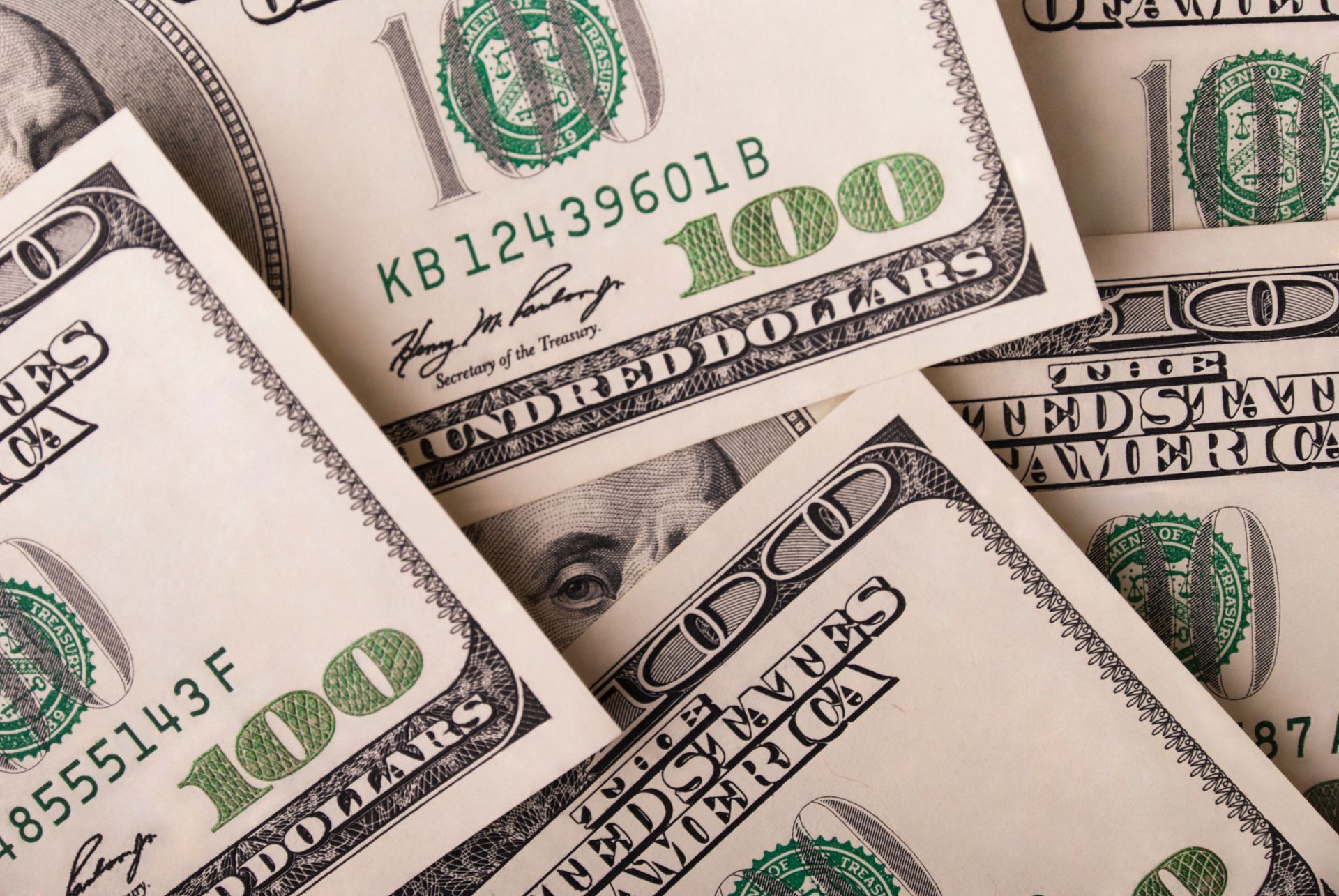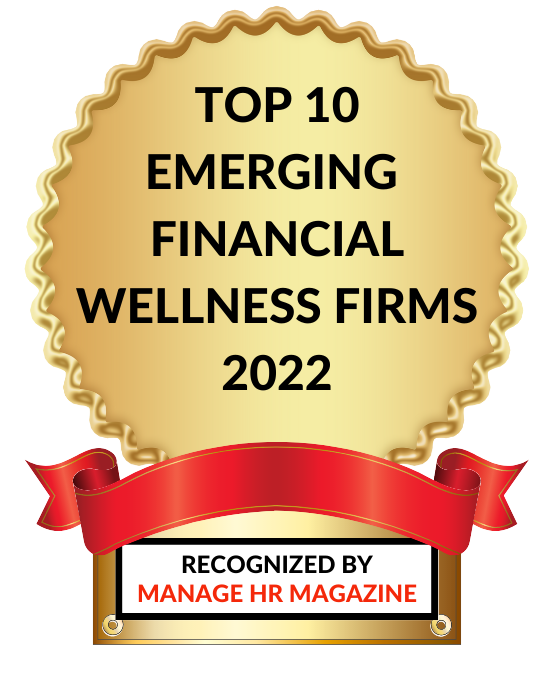What should you be doing with your money right now?

After 10 consecutive rate hikes in the first half of 2023, the Fed has hinted that rates may remain stable for at least some time. So, what should you — and what should you not — do with your money right now? From annuities to high-yield savings accounts, here are some things the pros say you may want to consider right now.
Do: Put your emergency savings in a high-yield savings account
Because most banks are still paying pennies on traditional savings accounts, some financial planners recommend looking at high-yield savings accounts, as some are paying 4% or more.
“Savings accounts currently have flexibility, liquidity and higher rates, which could go away if rates were to drop, but there are no penalties for early withdrawal, which gives you flexibility and liquidity,” says certified financial planner Mark Struthers at Sona Wealth Advisors.
Ken Tumin, founder of DepositAccounts.com, says the average online savings account yield in May is 3.87%, which is much higher than the overall average savings account yield of 0.38%. “That’s a difference of about 3.5 percentage points and for a $10,000 balance, the difference would result in an extra $350 of interest in a year,” says Tumin.
But with inflation high, is this wise? To a point, yes, pros say. “Everyone needs an emergency account, why keep your savings in one that pays less,” says Thiederman. Pros say Americans need somewhere between 3-12 months of essential living expenses in their emergency savings fund.
Do: Take a look at Treasuries
Another option to look into are individual US Treasuries, pros say. “You want to lock in these higher rates before they drop. Your money market or savings account rate could disappear overnight, but with individual US Treasuries, you can lock in your rate if you hold them to maturity,” says Struthers.
We’re currently dealing with an inverted yield curve, which means interest rates are higher in the short term and lower in the medium and long term. “This is highly unusual and likely will not last. It may be a good time to try and lock in these higher interest rates. Of course, you need to assess your short-term needs and make sure these funds are not needed for the duration of the fixed income holding period,” says Peter Salkins, certified financial planner at Integrated Partners.
Do: Consider a Multi-Year Guaranteed Annuity or Fixed Index Annuity
Another investment option to consider, if wanting the security of a guaranteed rate, is to choose a Multi-Year Guaranteed Annuity (MYGA). This type of annuity offers shorter terms, such as 3 years or 5 years, and gives the flexibility of taking the money out and putting it elsewhere once the term has ended. They typically offer higher rates than CDs and give a 10% free withdrawal each year.
For those who are willing to park their money for longer periods of time, such as 7-10 years, with the potential to watch it grow, Fixed Index Annuities (FIA) may be a good option. FIA’s follow a specific index, such as the S&P 500, and offer a reasonable rate of growth during up-markets, while protecting the owner’s investment in down-markets. In fact, if the market is down, the worst you can do is a zero; as in you won’t lose money but will stay flat, safely riding out the down market.
Do: Pay down your high-interest debt ASAP
Ultimately, even if the Fed is done raising rates, the cost of borrowing still remains high. “Credit card rates are over 20% and home equity lines of credit are the highest in more than 15 years, so paying down debt remains critically important. Utilize a 0% balance transfer offer to accelerate credit card debt repayment because paying down debt and boosting emergency savings will put you on firmer financial footing regardless of what happens in the economy in the months ahead,” says McBride.
Barring a financial crisis, Tumin says the Federal Reserve is unlikely to quickly lower rates. “Thus, consumers shouldn’t expect any quick reduction of interest rates on their credit cards and other variable-rate loans. Consequently, consumers should continue to prioritize the reduction of their debt that has high interest rates,” says Tumin.
Moreover, rate hikes coming to an end should give consumers more confidence in making decisions. “We can all succeed in this new higher-rate normal if rates are stable. We might not have the growth we had when rates were 0%, but consumers and businesses can plan when rates are stable, especially if they’re coming down a little,” says Struthers.
Don’t: Assume the housing market will suddenly change
Mortgage rates remain heavily influenced by Fed rates, but they’re also affected by a number of other factors. “Lower inflation and a slowing economy are the prerequisites for lower mortgage rates,” says McBride.
Thiederman says buyers and sellers can expect home prices to stop dropping soon as real estate picks up. “It also means rates will likely start falling again mildly or at least stabilize,” says Thiederman. Still, with inflation near 5%, McBride says it has to start dropping faster before mortgage rates will see a meaningful and sustained decline. “If the economy slows significantly in the second half of the year and recession fears are validated, mortgage rates will fall even if the Fed doesn’t immediately cut rates,” says McBride.
If you’re buying a new home, be conservative with any assumptions and don’t assume rates will improve anytime soon. “The home loan market has accounted for all the Fed rate hikes in advance, because mortgages have fixed rates that are priced with a far longer timeframe in mind compared to other types of loans. If the Fed stops rate hikes, mortgage rates should also stabilize,” says WalletHub analyst Jill Gonzalez.
While refinancing may be an option down the road, don’t count on that happening right away. “Just because rate increases stop or pause does not mean rates will go down anytime soon. The Fed could keep rates at the same levels for some time,” says Thomas. Struthers says the error for rates is on the downside, so if you’re considering buying a home, it might pay to wait. “Prices will often stabilize once people get used to the new lower rate. Trying to time affordability and the combination of rates and price can be difficult,” says Struthers.
While a lot of homeowners might be tempted to sell, many who refinanced in the last couple of years are now likely reluctant to give up their low mortgage rates if it means having to take out a mortgage at a higher rate. “But if mortgage rates fall to 5.5% or lower, that might be low enough to motivate a lot of people to sell and move,” says Holden Lewis, home and mortgage expert at NerdWallet.
Do: Consider meeting with a safe money expert
You may be thinking, “This all sounds fine and dandy, but where do I start?” If so, it may be a good idea to meet with a financial professional who specializes in “Safe Money Strategies”, like those at Summerlin Benefits Consulting. To learn more about these strategies, please reach out today to set up your free, no-obligation financial review. We can help you get started on the right path to protecting your money.






